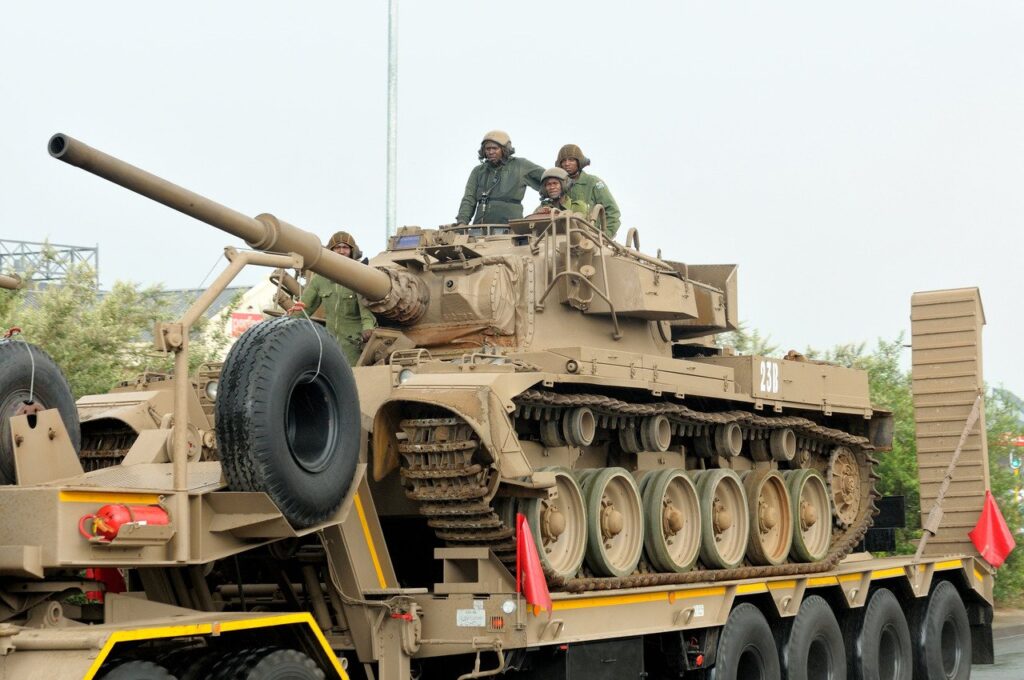
Revealed: The Secret SR-91 Aurora Mach 5 Hypersonic Spy Plane
In the 1980s an idea was conceived by military planners to develop a hypersonic spy plane that could reach Mach 5+, making it truly the fastest manned aircraft ever to fly. While there have been reported sightings of the prototypes, the SR-91 Aurora, if it even existed, likely never made it much best the concept stage.
The goal of the project was to develop a replacement for the aging and expensive to maintain a fleet of SR-71 Blackbirds, which cost around $200 – $300 million a year to operate. Technically known as a Special Access Program (SAP) – a “black program” that isn’t generally for public knowledge – little has been released about the SR-91. Even the name “Aurora” was only disclosed when censors failed to catch a reference to it a 1985 budget request that also discussed the state of the SR-71 and U-2 programs.
More recently in May 2006, a British Ministry of Defence report referred to the U.S. Air Force priority plans to produce a supersonic vehicle that could reach speeds of Mach 4 to 6. There has been much speculation in the nearly 15 years since that this may have been another reference to the SR-91 Aurora, and while it seems plausible this is the same program for a reconnaissance aircraft from 21 years prior, there is simply too little information to know for certain.
Does It or Doesn’t It?
The most lingering question is whether the military actually produced even a prototype of the SR-91 Aurora. There is almost no evidence to suggest it had.
According to FighterJetsWorld.com there have been a couple of unverified sightings of what may or may not have been an SR-91. The most “well-known instance” that could suggest the aircraft is real was the sighting of a triangular aircraft over the North Sea in August 1989 by oil-exploration engineer Chris Gibson, but this could be a case of trying to suggest that what was sighted was a hypothetical plane rather than an existing aircraft such as a B-2 Spirit – which certainly has a triangular shape and did in fact have its first flight earlier that year.
A more likely answer could have been that the triangular-shaped aircraft was a Lockheed F-117 Nighthawk, which had been tested by the RAF in the late 1980s.
In the accounts little is noted about speed and if the aircraft were traveling at Mach 5 it would have been hard to even determine its shape, while there is also no reason to suggest why a prototype of a truly top-secret aircraft was flying slow enough and low enough to be witnessed over the North Sea. Wouldn’t there have been a danger that Soviet aircraft, submarines or other vessels would have seen such a plane?
Moreover, where would a prototype aircraft take off from and then land? The North Sea isn’t exactly a remote body of water so it would seem a rather unlikely place to test an advanced aircraft.
The only other notable “evidence” of the existence of the SR-91 is that “sky quakes” were reported to have been heard at times over Los Angeles – and while those could be from aircraft operating out of Groom Lake (aka Area 51) in Nevada, there is little to suggest it was the Aurora.
It has also been speculated that Lockheed’s Skunk Works, now the Lockheed Advanced Development Company, could have been the prime contractor for such project – but to date almost nothing has been released that indicated there was even a project for such an aircraft. Given these facts, the Aurora is little more than enigma at this point.
Peter Suciu is a Michigan-based writer who has contributed to more than four dozen magazines, newspapers and websites. He regularly writes about military small arms, and is the author of several books on military headgear including A Gallery of Military Headdress, which is available on Amazon.com.


